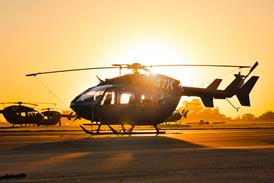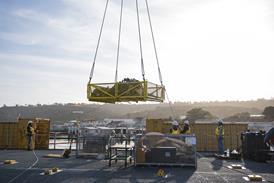The chairman of an advisory committee on the C919 aircraft programme has revealed that the narrowbody's first flight is now set for the end of 2015, a push back from the original 2014 schedule.
Speaking on China's aviation industry medium to long-term development plan, Zhang Yanzhong explains that Chinese airframer Comac is starting the C919 project from scratch and that its inexperience and weak technological foundation means that it cannot be compared with mature players like Boeing and Airbus.
"In fact, if the C919 can have its first flight within 90 months of development, that will be a feat," says Zhang.
He adds that the C919 has not met with "major setbacks" and is progressing as scheduled. He did not point out what the issues are that the programme is facing.
The delay in the C919's first flight means that entry into service of the aircraft will also likely be pushed back.
Zhang argues that the current 2015 first flight target is not a delay because the 90-month development timeline it previously set should start from 2008, when Comac was first established, and not from 2006 when the project was first announced.
He also pointed out two areas which Comac needs to handle well: quality and schedule management. Zhang explains that Comac has little experience working with various domestic and foreign suppliers, and needs to ensure that the suppliers will work well together, and that progress is kept on track.
Comac said earlier that the C919 narrowbody programme has entered into the engineering development phase, as detailed design work continues. The focus of its work has moved from engineering design into development, including component and system integration, flight test and certification.
Installation of parts on the C919 iron bird ground rig has also started.
To date, Comac has garnered 380 commitments for its C919, mostly from Chinese airlines and leasing companies. At the Paris Airshow in June, chief financial officer Tian Min said the airframer is likely to receive more orders for the aircraft before the year ends.
Source: Air Transport Intelligence news























